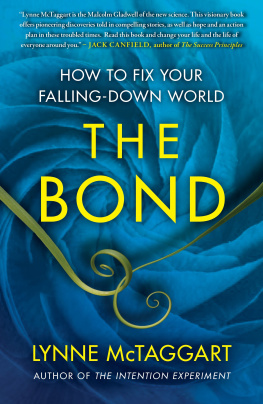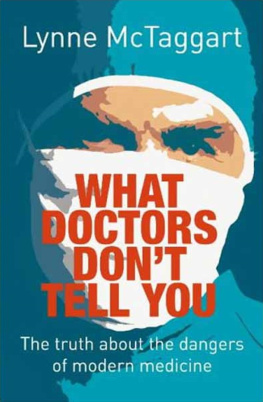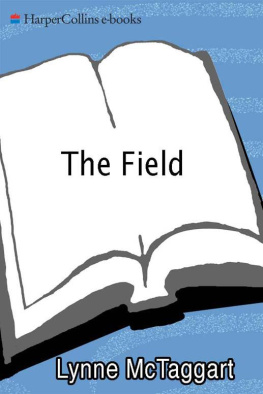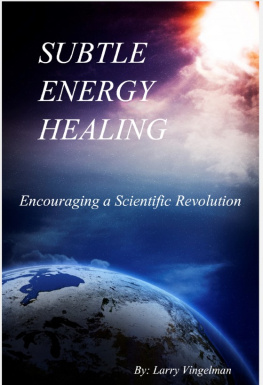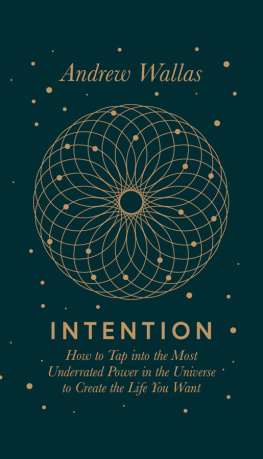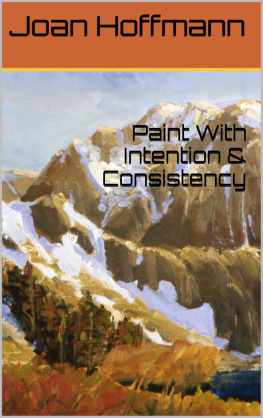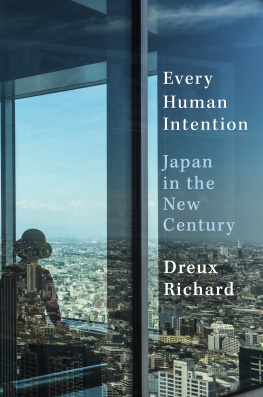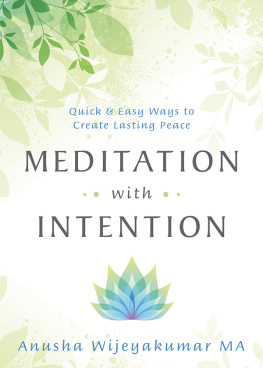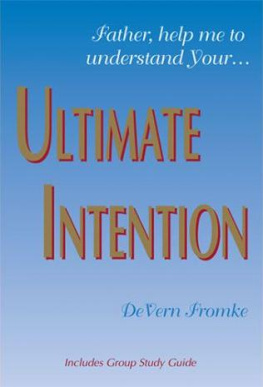THIS BOOK REPRESENTS A PIECE of unfinished business that began in 2001 when I published a book called The Field . In the course of trying to find a scientific explanation for homeopathy and spiritual healing, I had inadvertently uncovered the makings of a new science.
During my research, I stumbled across a band of frontier scientists who had spent many years re-examining quantum physics and its extraordinary implications. Some had resurrected certain equations regarded as superfluous in standard quantum physics. These equations, which stood for the Zero Point Field, concerned the extraordinary quantum field generated by the endless passing back and forth of energy between all subatomic particles. The existence of the Field implies that all matter in the universe is connected on the subatomic level through a constant dance of quantum energy exchange.
Other evidence demonstrated that, on the most basic level, each one of us is also a packet of pulsating energy constantly interacting with this vast energy sea.
But the most heretical evidence of all concerned the role of consciousness. The well-designed experiments conducted by these scientists suggested that consciousness is a substance outside the confines of our bodies a highly ordered energy with the capacity to change physical matter. Directing thoughts at a target seemed capable of altering machines, cells and, indeed, entire multicelled organisms like human beings. This mind-over-matter power even seemed to traverse time and space.
In The Field I aimed to make sense of all the ideas resulting from these disparate experiments and to synthesize them into one generalized theory. The Field created a picture of an interconnected universe and a scientific explanation for many of the most profound human mysteries, from alternative medicine and spiritual healing to extrasensory perception and the collective unconscious.
The Field apparently hit a nerve. I received hundreds of letters from readers who told me that the book had changed their lives. A writer wanted to depict me as a character in her novel. Two composers wrote musical compositions inspired by it, one of which was played on the international stage. I was featured in a movie, What the Bleep!? Down the Rabbit Hole , and on the What The Bleep Do We Know!? Calendar , released by the films producers. Quotes from The Field became the centrepiece of a printed Christmas card.
However gratifying this reaction, I felt that my own journey of discovery had hardly left the station platform. The scientific evidence I had amassed for The Field suggested something extraordinary and even disturbing: directed thought had some sort of central participatory role in creating reality.
Targeting your thoughts or what scientists ponderously refer to as intention and intentionality appeared to produce an energy potent enough to change physical reality. A simple thought seemed to have the power to change our world .
After writing The Field , I puzzled over the extent of this power and the numerous questions it raised. How, for instance, could I translate what had been confirmed in the laboratory for use in the world that I lived in? Could I stand in the middle of a railway track and, Superman-style, stop the 9:45 to Paddington with my thoughts? Could I fly myself up to fix my roof with a bit of directed thought? Would it now be possible to cross doctors and healers off my list of essential contacts, seeing as I might now be able to think myself well? Could I help my children pass their maths tests just by thinking about it? If linear time and three-dimensional space didnt really exist, could I go back and erase all those moments in my life that had left me with lasting regret? And could my one puny bit of mental input do anything to change the vast catalogue of suffering on the planet?
The implications of this evidence were unsettling. Should we be minding every last thought at every moment? Was a pessimists view of the world likely to be a self-fulfilling prophecy? Were all those negative thoughts that ongoing inner dialogue of judgement and criticism having any effect outside our heads?
Were there conditions that improved your chances of having a better effect with your thoughts? Would a thought work any old time or would you, your intended target and indeed the universe itself have to be in the mood? If everything is affecting everything else at every moment, doesnt that counteract and thereby nullify any real effect?
What happens when a number of people think the same thought at the same time? Would that have an even larger effect than thoughts generated singly? Was there a threshold size that a group of like-minded intenders had to reach in order to exert the most powerful effect? Was an intention dose dependent the larger the group, the larger the effect?
An enormous body of literature, starting with Think and Grow Rich ,
What on earth, I wondered, was meant by intention? And how exactly can one become an efficient intender? The bulk of the popular material had been written off the cuff a smattering of Eastern philosophy here, a soupon of Dale Carnegie there with very little scientific evidence that it worked.
To find answers to all of these questions, I turned, once again, to science, scouring the scientific literature for studies on distant healing or other forms of psychokinesis, or mind over matter. I sought out international scientists who experimented with how thoughts can affect matter. The science described in The Field had been carried out mainly in the 1970s; I examined more recent discoveries in quantum physics for further clues.
I also turned to those people who had managed to master intention and who could perform the extraordinary spiritual healers, Buddhist monks, Qigong masters, shamans in order to understand the transformational processes they underwent to be able to use their thoughts to powerful effect. I uncovered myriad ways that intention is used in real life in sports, for instance, and during healing modalities such as biofeedback. I studied how native populations incorporated directed thought into their daily ritual.
I then began to dig up evidence that multiple minds trained on the same target magnified the effect produced by an individual. The evidence was tantalizing, mostly gathered by the Transcendental Meditation organization, suggesting that a group of likeminded thoughts created some sort of order in the otherwise random Zero Point Field.
At that point in my journey, I ran out of pavement. All that stretched before me, as far as I could tell, was uninhabited open terrain.
Then one evening, my husband Bryan, a natural entrepreneur in most situations, put forward what seemed to be a preposterous suggestion: Why dont you do some group experiments yourself?
I am not a physicist. I am not any kind of scientist. The last experiment I had conducted had been in a 10th grade science lab.
What I did have, though, was a resource available to few scientists: a potentially huge experimental body. Group intention experiments are extraordinarily difficult to perform in an ordinary laboratory. A researcher would need to recruit thousands of participants. How would he find them? Where would he put them? How would he get them all to think the same thing at the same time?
A books readers offer an ideal self-selected group of likeminded souls who might be willing to participate in testing out an idea. Indeed, I already had my own large population of regular readers with whom I communicated through e-news and my other spin-off activities from The Field .


